
Little Needle-felt Animals
¥95.75
Needlefelting is fast becoming the most popular and easiest way to create cute and quirky characters and curiosities. In this book you can learn to make 30 adorable little animals. Needlefelting is the ideal craft for beginners, far easier and cheaper to learn than knitting or crochet. You can make almost anything by sculpting loose wool roving with one or two needles – the only limit is your imagination. This book includes a comprehensive introduction and guide to getting started, a breakdown of the basic needlefelting techniques and the equipment you will need. It also features a very cute photograph of each animal and an illustrated step-by-step guide. Learn to make the following little animals … Lion – Baby elephant – Sea lion – Penguin- Whale – Angel fish- Dolphin – Octopus- Snail – Bee – Hedgehog – Fox – Quail – Guinea pig – Puppy- Kitten- Rabbit – Robin – Sheep – Pig
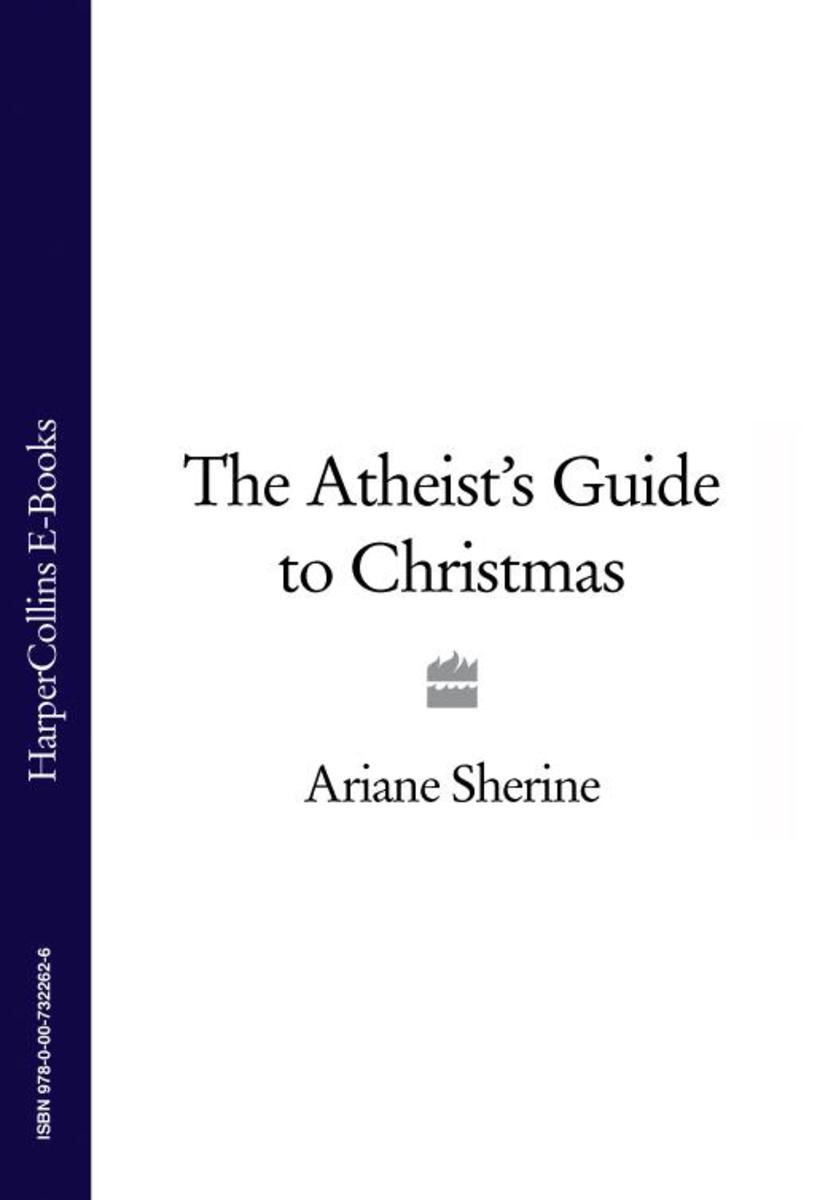
The Atheist’s Guide to Christmas
¥66.22
42 atheist celebrities, comedians, scientists and writers give their funny and serious tips for enjoying the Christmas season. When the Atheist Bus Campaign was first launched, over Gbp150,000, was raised in four days - enough to place the advert 'There's probably no God. Now stop worrying and enjoy your life' on 800 Uk buses in January 2009. Now dozens of atheist writers, comedians and scientists are joining together to raise money for a very different cause. The Atheist's Guide to Christmas is a funny, thoughtful handbook all about enjoying Christmas, from 42 of the world's most entertaining atheists. It features everything from an atheist Christmas miracle to a guide to the best Christmas pop hits, and contributors include Richard Dawkins, Charlie Brooker, Derren Brown, Ben Goldacre, Jenny Colgan, David Baddiel, Simon Singh, Ac Grayling, Brian Cox and Richard Herring. The full book advance and all royalties will go to the Uk Hiv charity Terrence Higgins Trust.
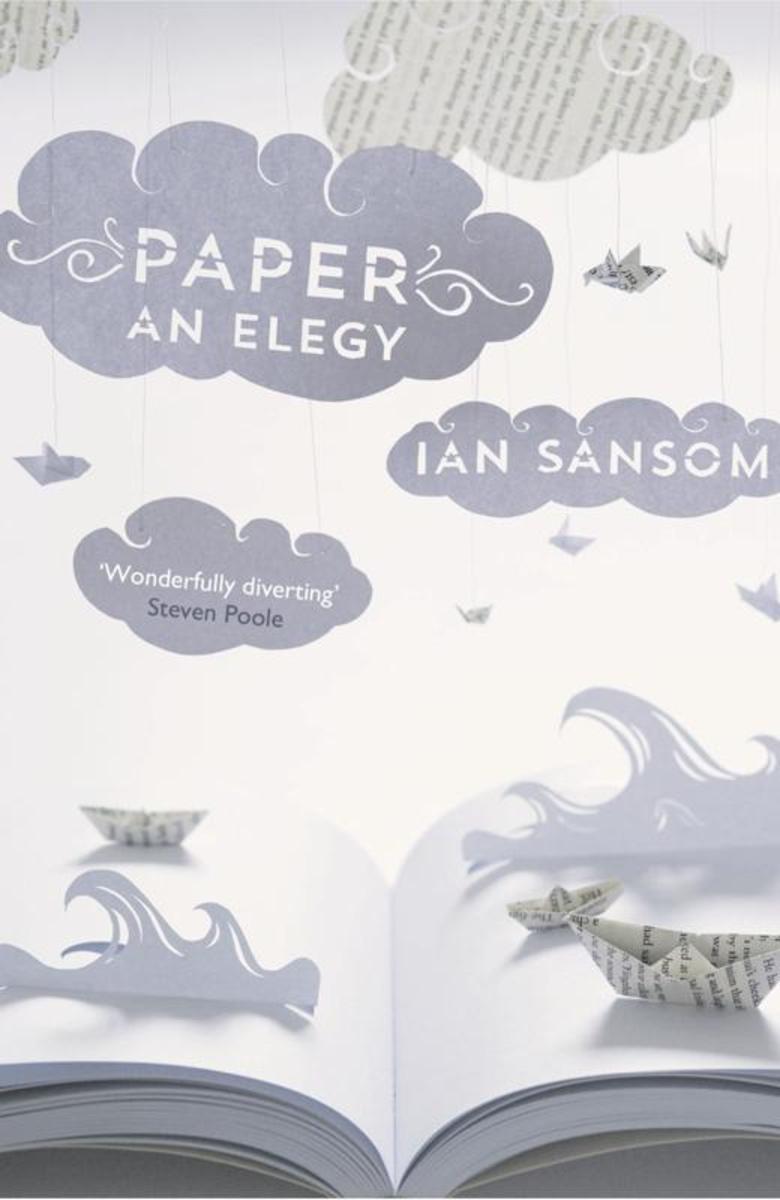
Paper:An Elegy
¥73.58
A witty, personal and entertaining reflection on the history and meaning of paper during the (passing) era of its universal importance. Paper serves nearly every function of our lives. It is the technology with which we have made sense of the world. Yet the age of paper is ending. Ebooks now outsell their physical counterparts. Still, there are some uses of paper that seem unlikely to change – Christmas won’t be Christmas without wrapped presents or crackers. And the language of paper – documents, files and folders – has survived digitisation. In ‘Paper: An Elegy’ Ian Sansom builds a museum of paper and explores its paradox – its vulnerability and durability.

Manolos In Manhattan (Marrying Mr Darcy, Book 3)
¥38.26
She’s a fiancée of good fortune… Strutting down Park Avenue in her new Manolos, Holly James looks like a woman who has it all. But beneath the Prada sunglasses, Holly has a mounting list of decidedly unfabulous problems. Right at the top? The fact that since her fiancé Jamie started spending all his time at his new restaurant (with his impossibly gorgeous sous-chef!), Holly has practically forgotten what he looks like…and started to feel a teensy bit paranoid. …but has Holly found the right Mr Darcy? So being kissed by film star Ciaran Duncan should have been a much-needed boost to Holly’s ego. But losing herself in the moment is impossible, since she’s still fuming after meeting English lawyer Hugh Darcy. He’s easily the most arrogant man in Manhattan and she’s engaged to be married…so why can’t Holly stop imagining kissing him? Suddenly, Holly finds herself torn between three eligible bachelors…and it’s proving more difficult than choosing between a Manolo Blanik and a Jimmy Choo – especially since men are non-refundable! What’s a New York fashionista to do? Don’t miss Manolos in Manhattan, book three in Katie Oliver’s Marrying Mr Darcy series. Also by Katie Oliver: Prada and Prejudice Love and Liability Mansfield Lark And the Bride Wore Prada Love, Lies and Louboutins
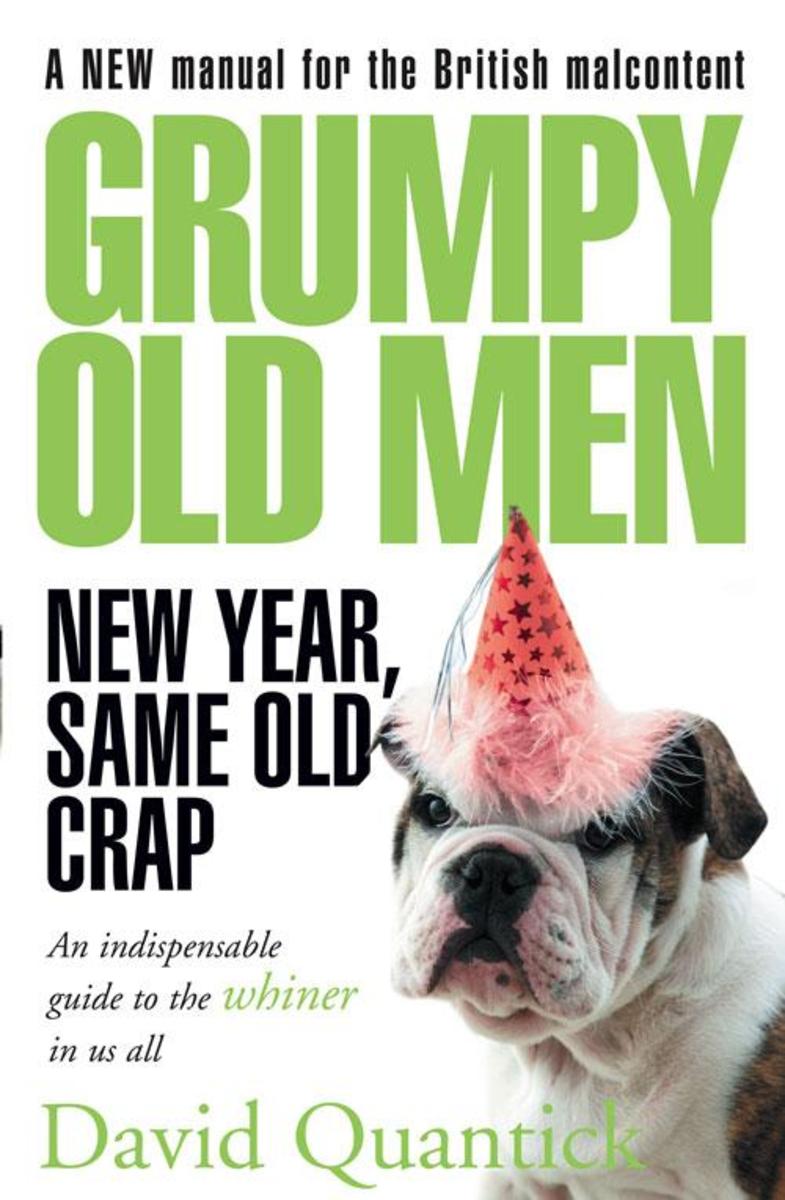
Grumpy Old Men: New Year, Same Old Crap
¥81.52
At last! A comprehensive, handy guide for the misery-guts in your life. Are you an irritable, crabby, cantankerous, malcontented old grump? Well relax, because you're not alone. Grumpy Old Men is an annotated, cross-referenced and fully illustrated manual for malcontents everywhere: the comprehensive Gripes of Wrath. A compilation of gripes and grumbles, illustrated with blood-boiling images such as derailed trains and traffic wardens throughout. The next time you find yourself enraged by pointless speed bumps, overcrowded trains, ill-mannered drivers, irritating adverts, inefficient customer help-lines, overbooked airlines, inconsiderate cyclists, slow-moving caravans, extortionate bank charges, persistent charity collectors, mindless hotel muzak, unfunny clowns or just plain miserable British weather, let this book take the strain. The ultimate in stress-relief for the 21st-Century Grouch.

The Book of Dad
¥95.75
The Book that will forever define the essentially comic state of being, acting, looking, and sounding like a Dad. You think you know your Dad? You think he gets up to go to work every morning, does his job, eats his lunch, has an afternoon snack or three, then comes home and eats dinner in front of the TV? On the weekend, maybe he mows the lawn or fixes that broken shelf, or has a few jars down the pub with the lads? You think that’s what Dads do, don’t you? You think that’s all there is? Oh, how little you know. A hymn to all things paternal, ‘The Book of Dad’ will change the way you think about your Dad, my Dad, his Dad, their Dad, Everybody’s Dad. Including such marvellous chapters as Know Your Dad, The World According to Dad, Dads Through The Ages (from Caveman Dad up to Victorian Dad), How To Be A Dad, and The Dad-to-Be, ‘The Book of Dad’ is a highly illustrated, high-quality, highly anticipated romp through the pantheon of Dadness…and beyond…but not too far.

And The Bride Wore Prada (Marrying Mr Darcy, Book 1)
¥39.24
She’s dated Mr Darcy… After being hounded by the paparazzi ever since news of their engagement got out, Gemma and Dominic are flying to Scotland for a much-needed romantic getaway. But they didn’t expect to find Dominic’s ex, Natalie, and her husband Rhys, on the very same flight! Landing in a torrential blizzard and with only one hire car (let alone a limo!) between them, the four share a lift….but as the snowdrifts move in, stranding them in an isolated castle, it seems they’ll be reunited for longer than planned! Now it’s time to say ‘I do!’ In the face of adversity, Gemma does what any self-respecting celebrity fiancée would do: starts planning a last-minute wedding while she has Dominic to herself! After all, where better for a discreetly decadent wedding than in the middle of nowhere, miles from the nearest celebrity news desk? But marrying an A-lister away from prying eyes was never going to be easy. Will Gemma make it up the aisle? And, more importantly, now she’s miles away from Vera Wang, what is this fashionista going to wear?! And the Bride Wore Prada is the sensational first book in Katie Oliver’s long-awaited ‘Marrying Mr Darcy’ series, the follow-up to her best-selling ‘Dating Mr Darcy’ trilogy. Also by Katie Oliver: Prada and Prejudice Love and Liability Mansfield Lark and, coming soon: Love, Lies and Louboutins Manolos in Manhattan
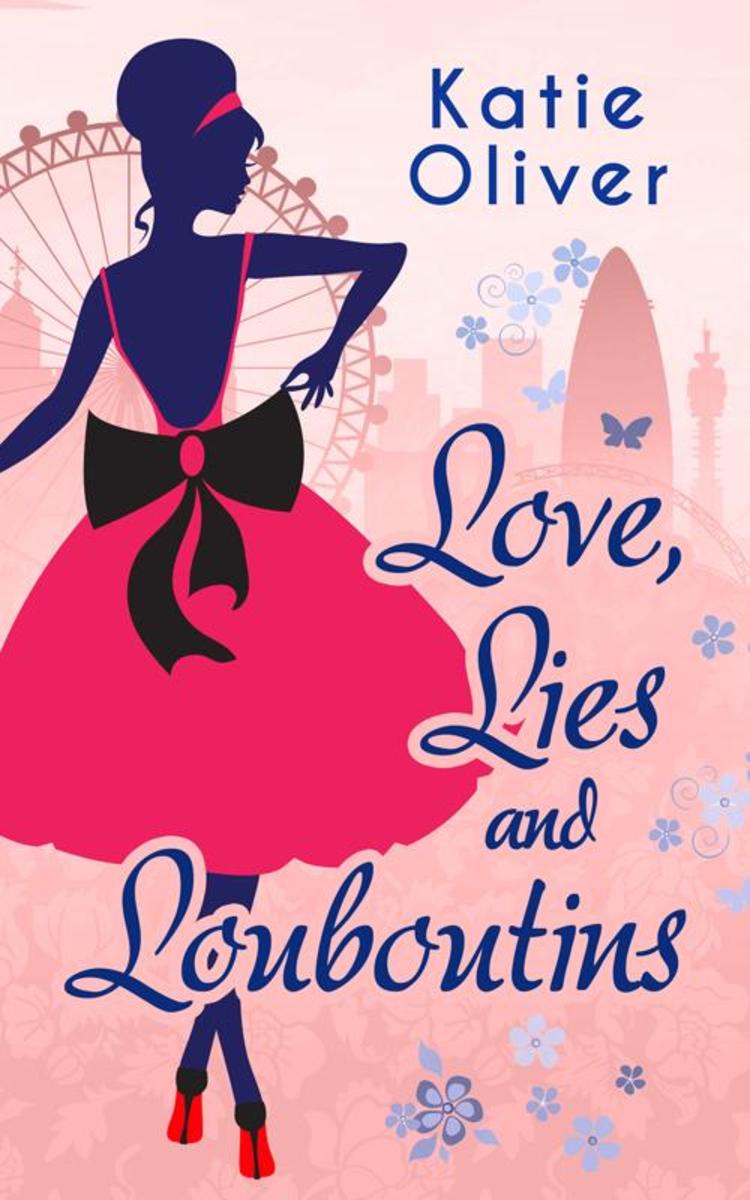
Love, Lies And Louboutins (Marrying Mr Darcy, Book 2)
¥39.24
The course of a celebrity marriage never did run smooth… Gemma Heath has finally managed to get her rock-star husband Dominic to settle down – and she has the ring to prove it! But when she sees photos of her brand-new husband escaping on his private jet with the latest pop sensation, Gemma can’t help but assume the worst: once a cheater, always a cheater… …but that doesn’t mean you can’t look fabulous! So when her old flame Jack Hawkins resurfaces, Gemma can’t resist engaging in some extra-marital flirtation of her own – purely for revenge purposes, of course. But she wasn’t prepared for her old attraction for bad-boy Jack to resurface! Gemma has a decision to make – and running away from her problems has never been her style. Especially not when she’s in sky-high stilettos! Love, Lies and Louboutins is the second book in Katie Oliver's fabulous 'Marrying Mr Darcy' series, to be followed in March by Manolos in Manhattan. Also by Katie Oliver: The Dating Mr Darcy series: Prada and Prejudice Love and Liability Mansfield Lark The Marrying Mr Darcy series: And the Bride Wore Prada and, coming soon, Manolos in Manhattan
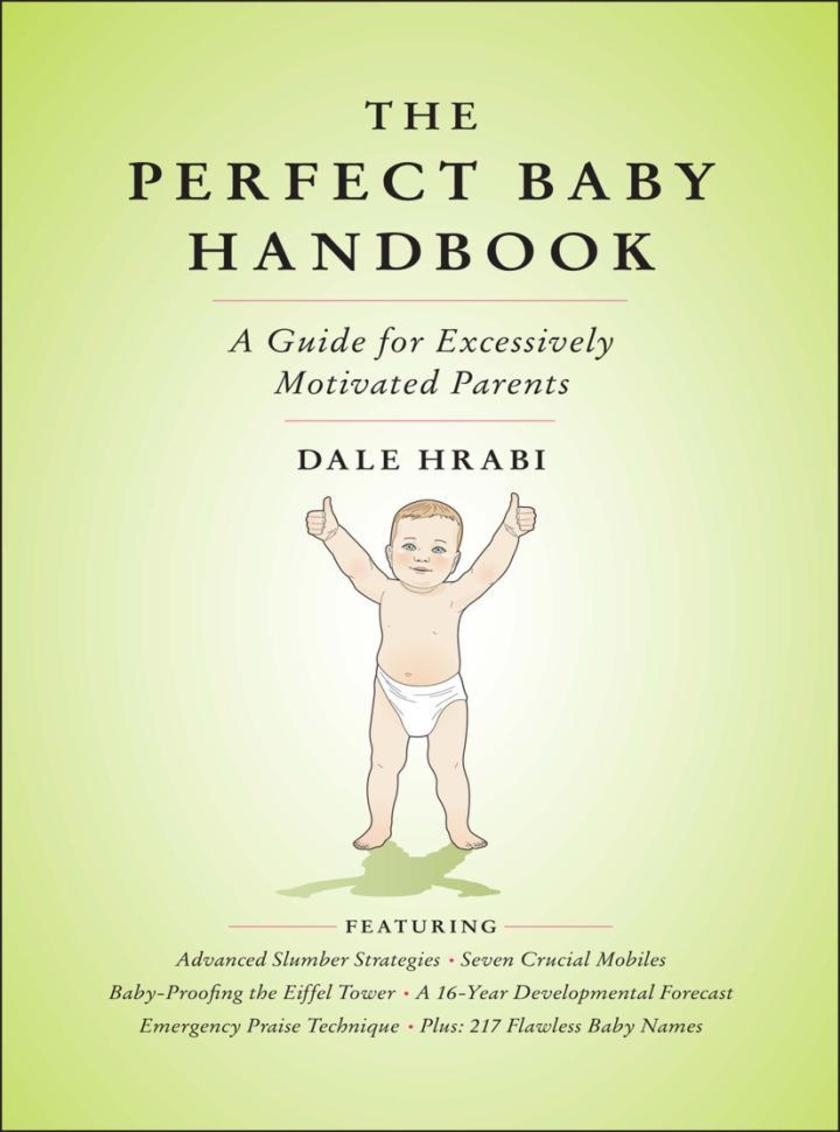
The Perfect Baby Handbook
¥95.39
New parents are hipper, more educated, and more sophisticated than ever, but they're also highly competitive--a lethal combination when turbocharged by the anxieties of raising a baby. And for many couples, it's not just any baby, but the perfect baby. These excessively motivated parents will not sabotage Junior's future by denying him Mandarin lessons, a nursery chandelier (just like the one Gwyneth's kids enjoy), or advanced infant yoga. A hilarious, highly visual satire of childrearing manuals, The Perfect Baby Handbook provides much-needed comic relief from the pressures of modern parenting, and gives comfort to moms and dads who can say with a sigh of relief, At least, we're not this bad.
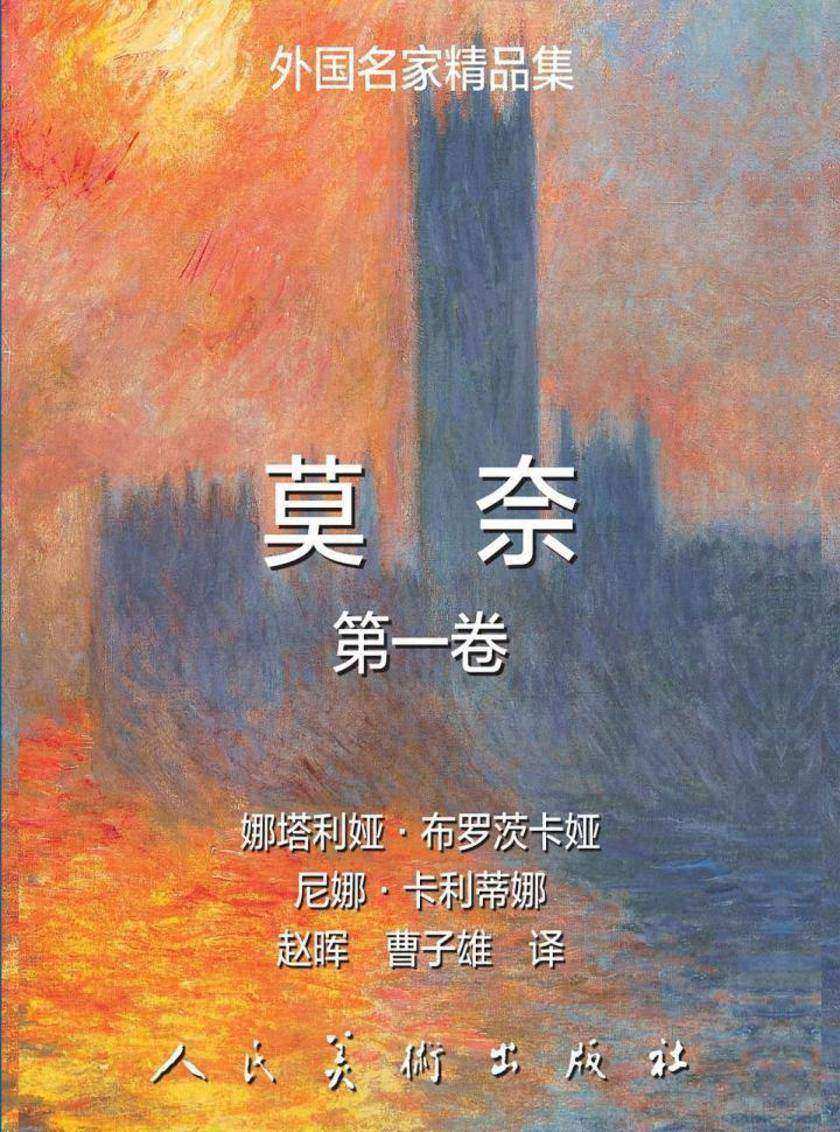
莫奈第一卷
¥122.54
对莫奈而言,艺术创作始终是一种痛苦的挣扎。较之同时代人,他更深沉地痴迷于表达情感,更强烈地渴望传达超越大自然的光线效果。用他自己的话来形容:“技巧来来去去……艺术始终如一——它是大自然的转译,需要与意志力同等的敏感性。我和太阳搏斗……(我)应该用金 子和宝石作画。”
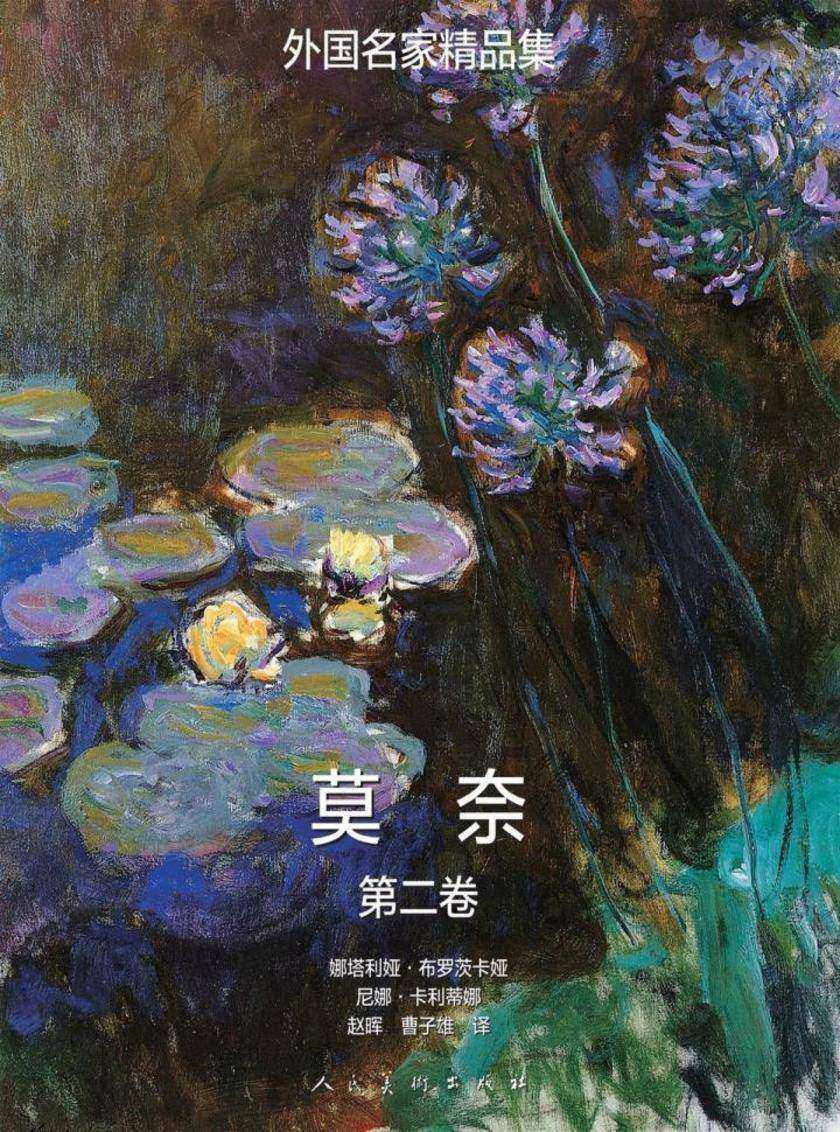
莫奈第二卷
¥122.54
对莫奈而言,艺术创作始终是一种痛苦的挣扎。较之同时代人,他更深沉地痴迷于表达情感,更强烈地渴望传达超越大自然的光线效果。用他自己的话来形容:“技巧来来去去……艺术始终如一——它是大自然的转译,需要与意志力同等的敏感性。我和太阳搏斗……(我)应该用金 子和宝石作画。”

Bridges
¥114.37
桥连接两个世界,是两个分离而不同的地点之间的张力。桥梁自由自在,不属于两边任何地区,矗立与风景之上,蔑视着自然百态。桥的存在蕴含着人类的意志,要在人与人之间,地与地之间建立起必要的联系。 桥是进步和创新的象征,无名地展示着新技艺的优势与持久性,也越来越轻,越来越流动,不断地藐视国家*的科技。作为真正的美学创造,今天的桥梁已经不仅仅是精湛的工程的体现,同样也是惊人的艺术作品。这本书中那些宏伟的照片将带领读者重新发现这些当代的雕塑。

Factories
¥114.37
诞生于工业革命的工厂一直以来被认为是钢铁“怪物”,在大规模丧失人性的过程中,将个人屈服于集体之下。抛开工厂之所以建立的纯粹的功能性,工厂也演变成为了一个美学空间,有时便成为了一个现代的阁楼或者现代艺术的博物馆。这本著作中那些惊艳的照片可以帮助我们重新发现这一卷本,发现这些钢筋铁骨的纪念碑那线条的纯粹性,美和惊人的现代性。

Lighthouses
¥114.37
灯塔,这个不知疲倦的守夜人,无止无休地引导着船舶驶向港湾。这个海洋的信标指引了从古至今的水手们。座已知的灯塔出现在法洛斯岛(Pharos),在亚历山大港(Alexandria)旁,举世瞩目。?但是,似乎是诸如斯特龙博利岛(Stromboli)火山及其频繁的喷发可能是这一发明的源头,因为火引导着船舶驶向港口。面对着现代航海设备逐渐发展,这个孤独的哨兵已经不再扮演以前那么重要的角色了。但是,这一发明并不仅仅意味着重要的建筑发展,同样也占据着世界文化遗产的地位。从鲸湾灯塔(法国)到世界尽头灯塔(阿根廷火地岛),经过了格林岛灯塔(加拿大)和贝尔灯塔(苏格兰),这本著作邀请我们重新发掘灯塔——这一历史时期的见证者。
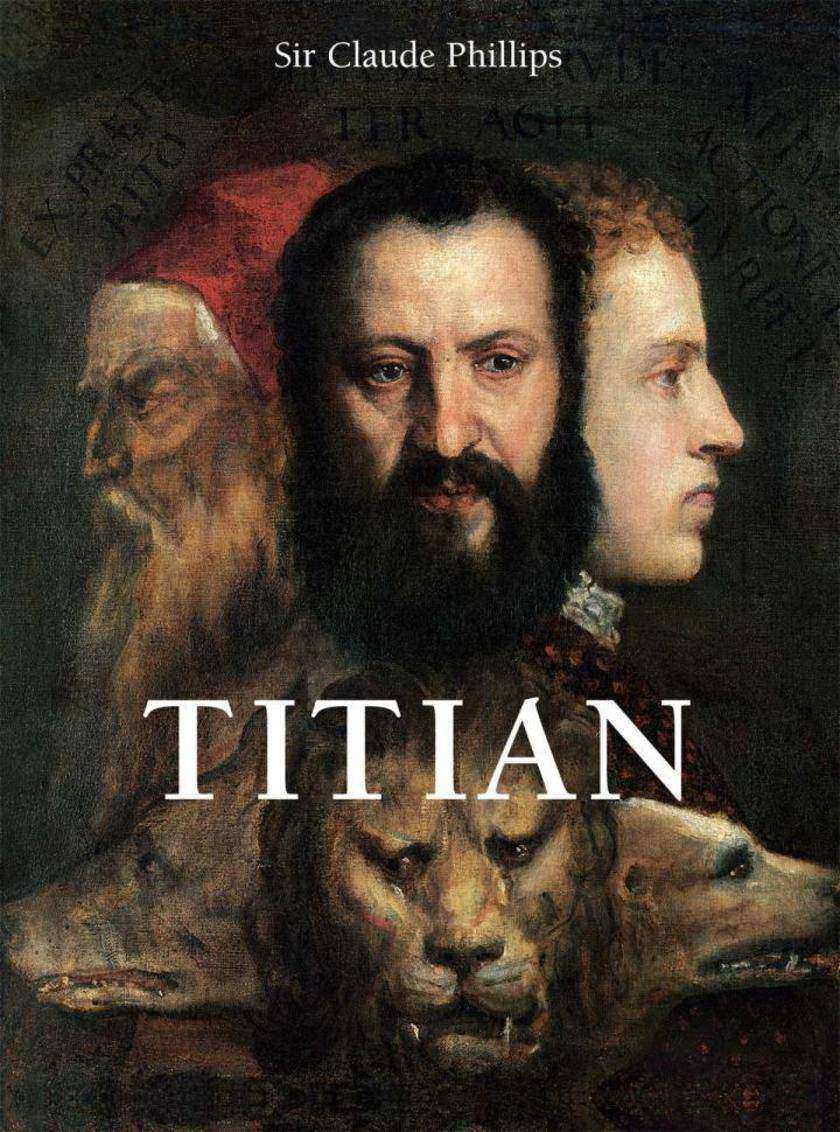
Titian
¥122.54
这本著作不仅为我们提供了研究性和富有洞察力的视角来欣赏世界上*有天赋的艺术家之一——提香的作品,同样也邀请读者来发掘威尼斯艺术场景中熙熙攘攘的世界,这也正是提香生活和工作的地方。书中迷人的叙述既可愉悦大众,其中对十六世纪威尼斯画家的独特的交叉分析同样也会吸引艺术家和学生。
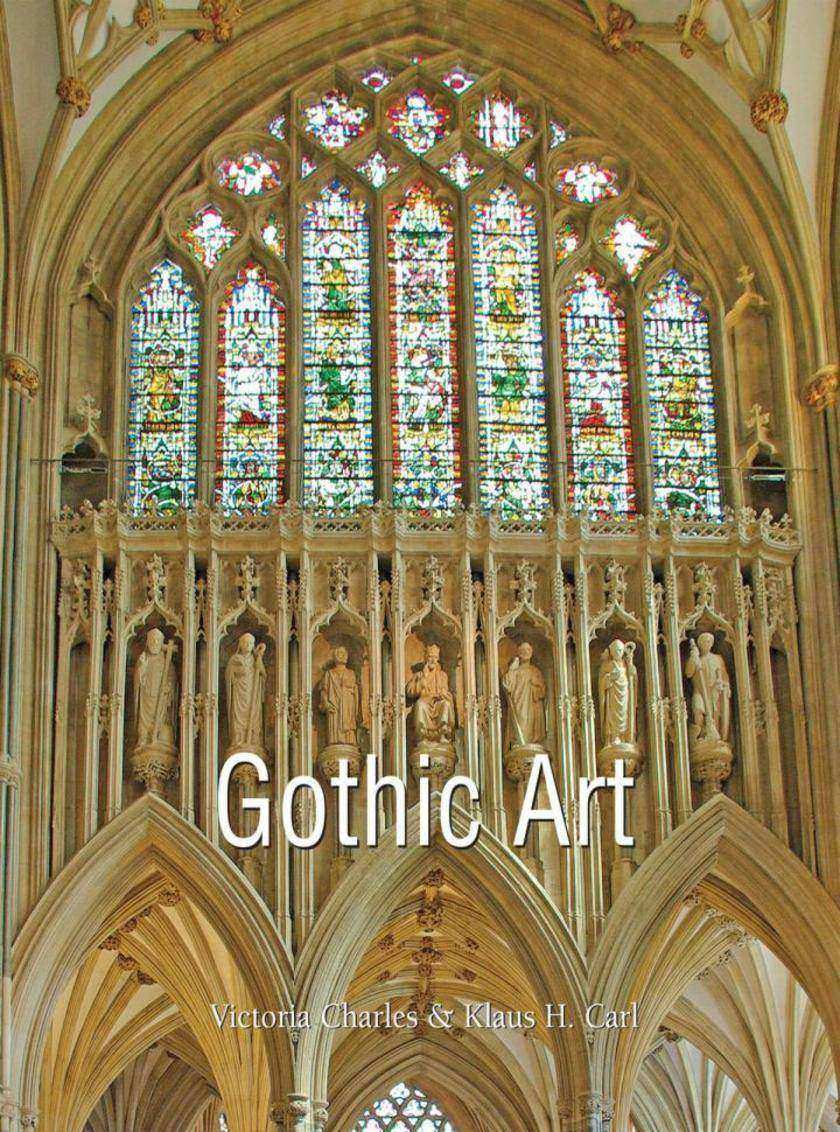
Gothic Art
¥122.54
Gothic art finds its roots in the powerful architecture of the cathedrals of northern France. It is a medieval art movement that evolved throughout Europe over more than 200 years. Leaving curved Roman forms behind, the architects started using flying buttresses and pointed arches to open up cathedrals to daylight. A period of great economic and social change, the Gothic era also saw the development of a new iconography celebrating the Holy Mary – in drastic contrast to the fearful themes of dark Roman times. Full of rich changes in all of the various art forms (architecture, sculpture, painting, etc.), Gothic art paved the way for the Italian Renaissance and International Gothic movement.

May Martin’s Sewing Bible e-short 2
¥15.60
The second of 6 eBook-only shorts from star of the Great British Sewing Bee and doyenne of the Women’s Institute, May Martin, including three gorgeous projects to try at home - Pencil Skirt, Bucket Bag and Shell Blouse - taken from May Martin’s Sewing Bible. May has been teaching sewing for over 40 years. Now she shares her tips and tricks for creating beautiful garments at home, perfect for beginner sewers. Beautifully styled and simple-to-follow, this authoritative sewing e-short, taken from May Martin’s Sewing Bible, offers three starter projects for those looking to create their own unique wardrobe.

May Martin’s Sewing Bible e-short 3: Kids
¥15.60
The third of 6 eBook-only shorts from star of the Great British Sewing Bee and doyenne of the Women’s Institute, May Martin, including three adorable projects, across a range of difficulties – Hand Puppets, Jersey T-shirt and a Smocked Dress – taken from May Martin’s Sewing Bible. May has been teaching sewing for over 40 years. Now she shares three projects to try yourself across toys and clothes for children, perfect as thoughtful home-made gifts. Beautifully styled and simple-to-follow, this authoritative sewing e-short, taken from May Martin’s Sewing Bible, offers three starter projects for those looking to create beautiful kids’ clothes from scratch.
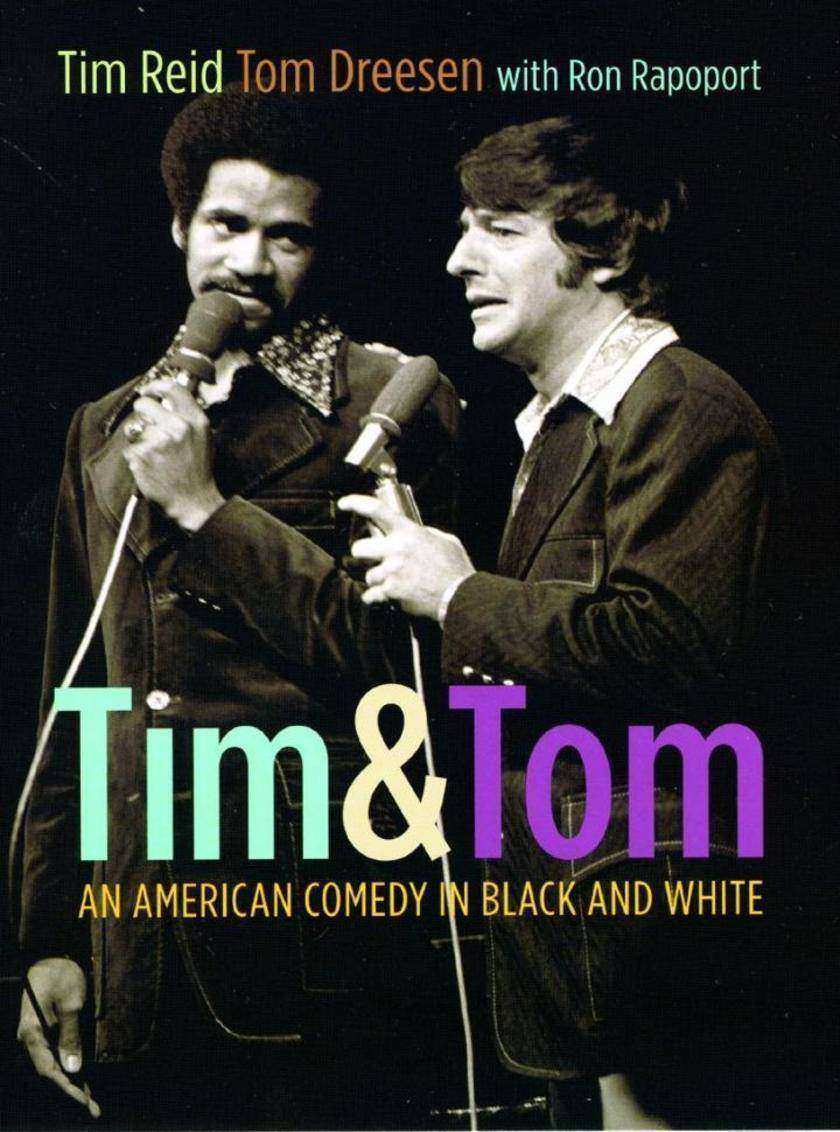
Tim and Tom
¥147.15
As the heady promise of the 1960s sagged under the weight of widespread violence, rioting, and racial unrest, two young men--one black and one white--took to stages across the nation to help Americans confront their racial divide: by laughing at it.Tim and Tom tells the story of that pioneering duo, the first interracial comedy team in the history of show business--and the last. Tim Reid and Tom Dreesen polished their act in the nightclubs of Chicago, then took it on the road, not only in the North, but in the still-simmering South as well, developing routines that even today remain surprisingly frank--and remarkably funny--about race. Most nights, the shock of seeing an integrated comedy team quickly dissipated in uproarious laughter, but on some occasions the audience's confusion and discomfort led to racist heckling, threats, and even violence. Though Tim and Tom perpetually seemed on the verge of making it big throughout their five years together, they grudgingly came to realize that they were ahead of their time: America was not yet ready to laugh at its own failed promise.Eventually, the grind of the road took its toll, as bitter arguments led to an acrimonious breakup. But the underlying bond of friendship Reid and Dreesen had forged with each groundbreaking joke has endured for decades, while their solo careers delivered the success that had eluded them as a team. By turns revealing, shocking, and riotously funny, Tim and Tom unearths a largely forgotten chapter in the history of comedy.?
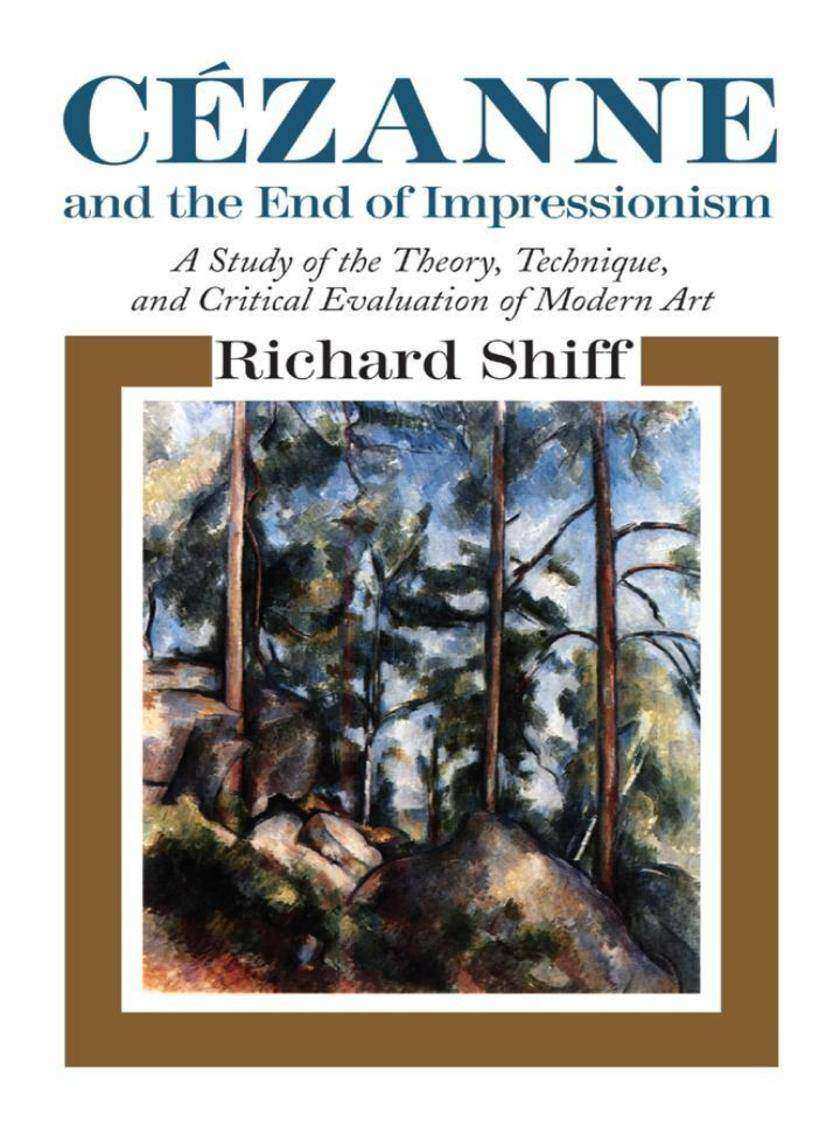
Cezanne and the End of Impressionism
¥353.16
Drawing on a broad foundation in the history of nineteenth-century French art, Richard Shiff offers an innovative interpretation of Cezanne's painting. He shows how Cezanne's style met the emerging criteria of a "e;technique of originality"e; and how it satisfied critics sympathetic to symbolism as well as to impressionism. Expanding his study of the interaction of Cezanne and his critics, Shiff considers the problem of modern art in general. He locates the core of modernism in a dialectic of making (technique) and finding (originality). Ultimately, Shiff provides not only clarifying accounts of impressionism and symbolism but of a modern classicism as well.
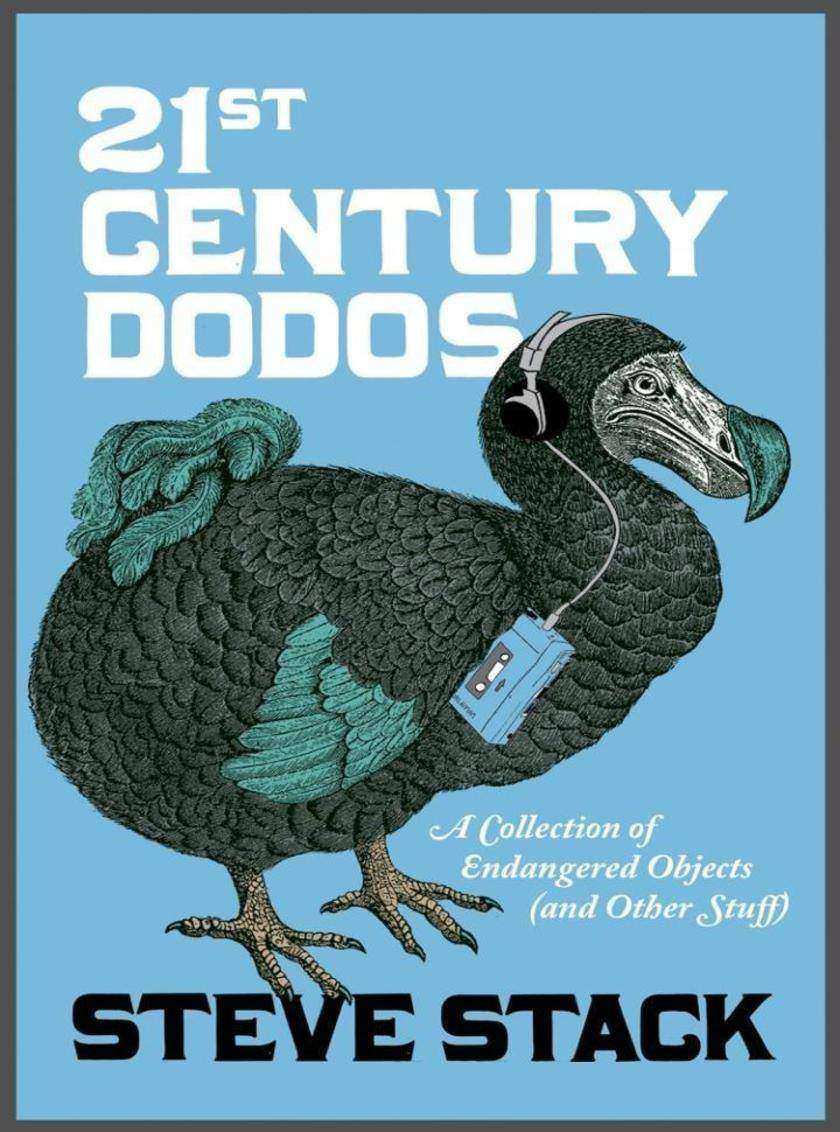
21st Century Dodos: A Collection of Endangered Objects (and Other Stuff)
¥39.04
A REVISED AND UPDATED EBOOK EDITION WITH ALL NEW READERS’ DODOS! We’ve all heard of the list of endangered animals, but no one has ever pulled together a list of endangered inanimate objects. Until now, that is. Steve Stack has catalogued well over one hundred objects, traditions, cultural icons and, well, other stuff that is at risk of extinction. Some of them have vanished already. Cassette tapes, rotary dial phones, half-day closing, milk bottle deliveries, Concorde, handwritten letters, typewriters, countries that no longer exist, white dog poo… …all these and many more are big a fond farewell in this nostalgic, and sometimes irreverent, trip down memory lane.




 购物车
购物车 个人中心
个人中心



